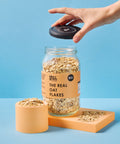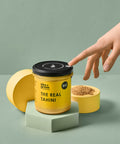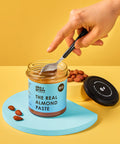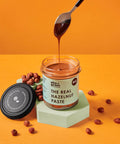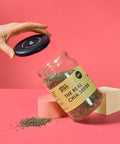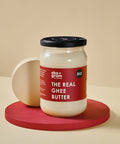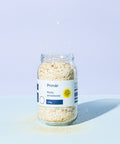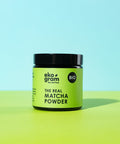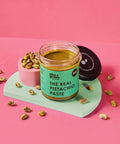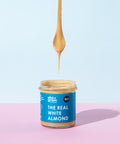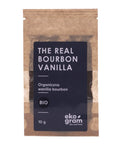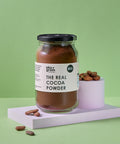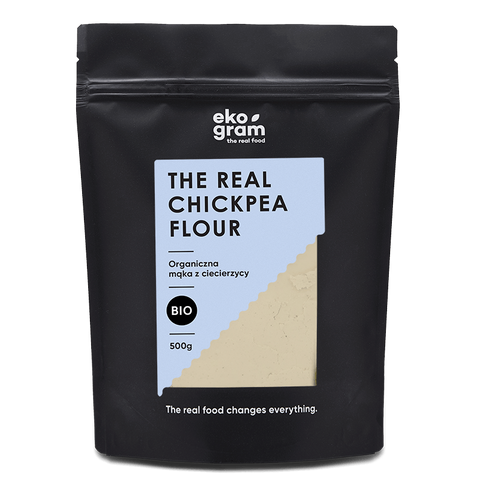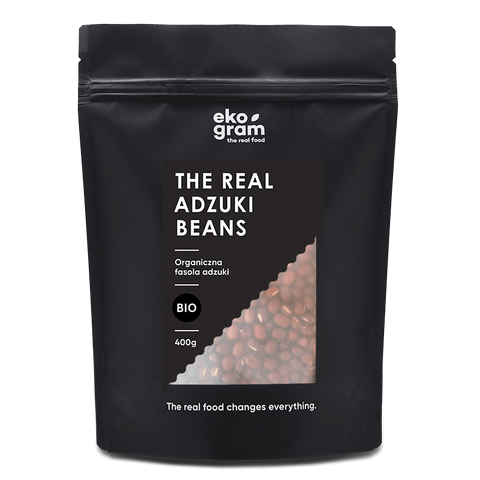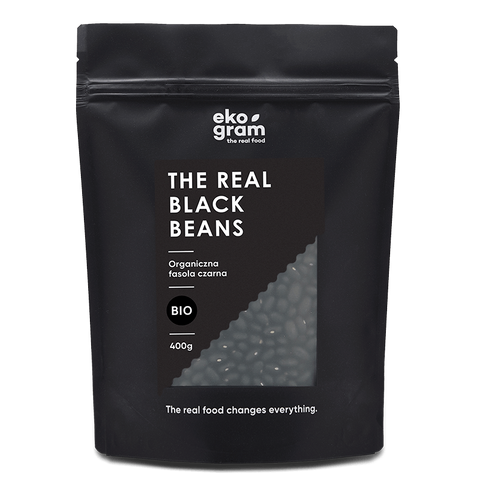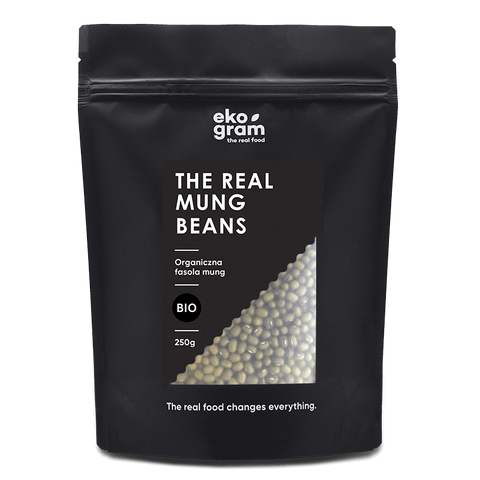8 products
Legumes are an essential element of every well-stocked home pantry . Nutritionists often emphasize their importance in the context of maintaining a balanced diet and maintaining health. But for us, legumes are primarily a wide range of culinary applications and great taste.
In our health food store you will find a number of organic legumes with the PL-EKO-03 certificate , which guarantees that the products we offer are of natural origin, and no chemical plant protection agents or synthetic fertilizers have been used to produce them.
Legumes on a vegetarian and vegan diet
Legumes for non-meat eaters offer a variety of alternative health benefits. It is primarily a rich source of vegetable protein, carbohydrates and fiber. Vegetarians and vegans must be aware, however, that the protein contained in beans or chickpeas is an incomplete protein that is less digestible and does not contain a complete set of amino acids. In order to get closer to the quality of protein resembling animal protein in its structure, it is worth combining legumes with other plant products, mainly cereals, nuts and seeds in your dishes.
How to store legumes?
You can store dried legume seeds for several years if you take care of the right conditions. Transfer the seeds to an airtight container or glass jar and store in a cool, dark, dry place, away from light sources and moisture.
How to cook beans to avoid bloating?
Many people complain that after eating beans, they experienced digestive symptoms such as abdominal pain, bloating and gas. This is due to the presence of lectins, which temporarily block the action of trypsin - the enzyme responsible for digesting plant proteins. However, there are effective ways to avoid the occurrence of similar ailments. Before cooking, soak the beans for 1-2 hours in very hot water . Then strain the seeds and boil them until soft in fresh water. You can also soak the beans overnight in cold water and cook them the next day. Remember to always change the water after soaking the beans. Thanks to this process, you will get rid of excess lectins and avoid gas or bloating.
How to use legumes in the kitchen?
All legumes have as many uses as you can find in your kitchen. Red beans are an integral part of Mexican chili con carne. You can prepare oriental, creamy hummus with chickpeas, and you can use lentils to make an aromatic Lebanese soup with the addition of tomatoes . Legumes are perfect as an ingredient in curries, soups, sandwich pastes, dips for vegetables and nachos, dishes served with rice, groats or pasta. You can also make vegetarian burgers, cutlets, meatballs, fillings for dumplings, patties or croquettes.
How to make chickpea hummus?
To make classic chickpea hummus, prepare about 400g of cooked and drained chickpeas . Place it in a blender container and add 1 clove of garlic, 3 tbsp Tahini sesame paste , 1 tsp lemon juice , 1 tsp cumin, ⅓ tsp salt, a pinch of pepper and 2 tbspextra virgin olive oil . Blend it all together until smooth and you're done! Each basic hummus recipe can be enriched with your favorite additions, e.g. dried tomatoes, fresh coriander, spinach, roasted carrots, peppers, pumpkin or beetroot.
How to make bean burgers
Bean burgers are a great replacement for the classic meat burger, and their preparation is very simple. For two large cutlets, you will need 400 g of cooked red beans. Crush the seeds with a fork or blend with a blender, leaving the mass structure not entirely smooth. Add diced red onion, 2 cloves of garlic, whole egg, 2 tbsp ground oats, 1 tbsp breadcrumbs, 2 tbsp olive oil and spices: 1 tsp sweet smoked paprika, ½ tsp cumin, salt, pepper and a pinch of chilli . If you like fresh greens, add chopped parsley or coriander to the mass. Then mix everything thoroughly and form cutlets with your hands. Fry the burgers on both sides until golden in oil or olive oil. Serve with your favorite roll, fresh vegetables and aromatic sauces.
What to use adzuki beans for?
Adzuki beans are very popular in Asian cuisines. Its seeds are small, bulging, red-brown, and after cooking they have a delicate, slightly sweet taste and a creamy texture. Adzuki beans are used to make the famous anko paste composed of beans and sugar, which is the filling of many Chinese and Japanese sweets, e.g. dorayaki mini pancakes, mochi, daifuku, or mooncakes. This bean is perfect as a sweet base for brownies, cookies or power balls, but it can also be used in savory dishes. Add whole adzuki to curries, stews and soups, or make vegetarian cutlets, meatballs, dips or sandwich spreads.



